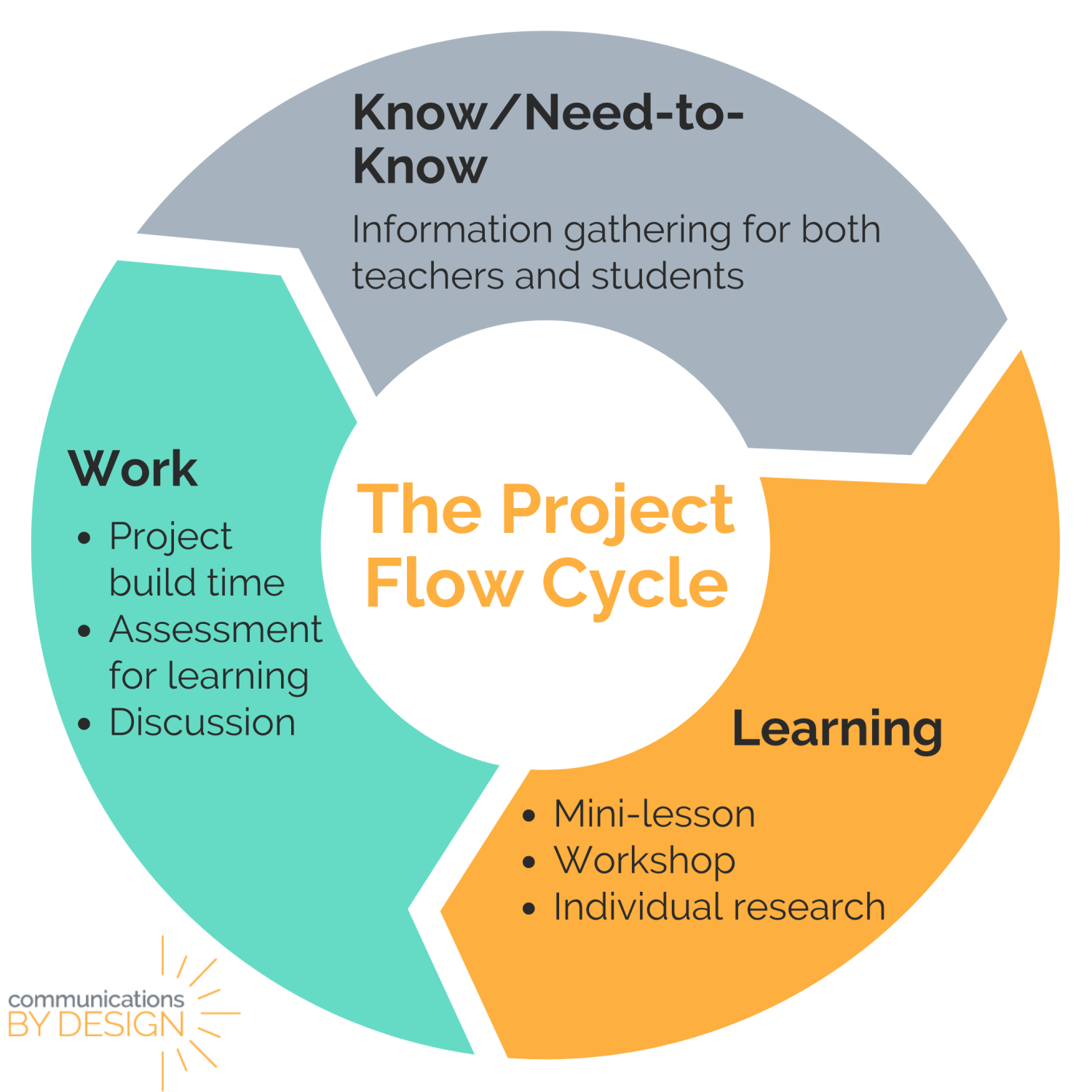
While research supports the benefits of project-based learning (or PBL), it’s not entirely without criticism.
PBL is sometimes confused with “doing projects”: fun activities at the end of a unit that are often disconnected from content standards and curriculum.
PBL is also accused of taking a heavily constructivist approach to learning, and some critics argue that direct instruction would allow students to learn more in less time.
Robust PBL, however, is standards-based, content-rich, and thoughtfully structured. Rather than a fun project completed after (or instead of) learning new content, PBL actually motivates students to learn in order to solve a problem.
We must also acknowledge that not all of our students come to the classroom with the necessary background knowledge to engage in fully independent learning. Direct instruction is still necessary to ensure students learn exactly what they need, when they need it.
THE FIRST PLANNING STEP
The first step of planning a PBL unit begins with the content standards. After identifying the target standards, teachers work backward to align the product, formative and summative assessments, and instruction throughout the project. Learn more about connecting standards to a real-world project in this post.
THE PROJECT FLOW CYCLE
At PBL Academy, participants learn about the “project flow cycle” which helps teachers provide specific and necessary instruction on the topics students need as they progress through the project. Students then apply that knowledge to their projects. Next, the teacher and students reflect and gather information for the next learning step in the project flow.

LEARN MORE ABOUT PBL
Learn more about the project flow cycle, the six steps to planning a PBL unit, and the six steps to implementing a project with your students by attending PBL Academy in January, fully online. You’ll have the opportunity to plan your own rigorous, standard-based PBL unit. Click here to learn more. There, you can also download a free copy of the eight essential components of PBL!


